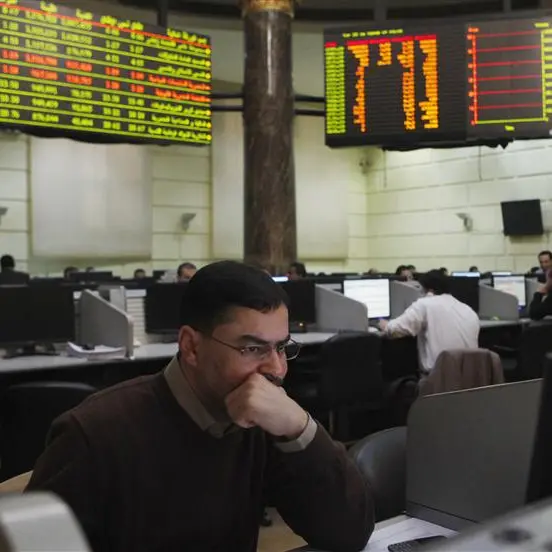Asian equities and currencies are benefitting from a feel-good mood in the markets after United States President Donald Trump and Chinese President Xi Jinping agreed to reignite trade talks. The offshore yuan has been Asia’s best performer on Monday morning, climbing 0.6 percent against the U.S. dollar at the time of writing. Meanwhile, safe haven assets are losing ground on the ebbing risk aversion, with gold falling below the psychological $1,400 level, while the Japanese yen weakened by some 0.3 percent to go back above the 108 level versus the dollar.
The U.S.-China truce announcement reduces the probability of more tariffs being imposed over the immediate term on shipments between the world’s two largest economies, giving markets the go-ahead to push further into risk-on territory for the time being.
Deal or no deal?
The resumption of U.S.-China trade talks doesn’t necessarily mean a trade deal is imminent. While an immediate deterioration in US-China relations has been averted, for now at least, the tariffs already imposed on global trade are still in effect and are expected to continue weighing on global growth.
This U.S.-China truce may merely offer markets a temporary high, as the announcement by both governments appears to kick the can down the road. The path towards a lasting U.S.-China trade deal remains unclear, in light of the complexities and sensitivities encountered during negotiations from earlier this year. The risk of talks falling apart, or another flare-up in tensions, could still rear its ugly head at some point in the future, blindsiding investors yet again.
The trepidatious investor will be tempted to ponder whether the same script will play out again over the coming months. In the meantime, risk assets are expected to enjoy their time in the sun, until the storm clouds of U.S.-led tensions darken market sentiment once again.
Brent and WTI (West Texas Intermediate) crude prices are on the verge of gaining two percent respectively at the time of writing, after Russia and Saudi Arabia agreed to restrain oil supplies through the end of 2019 at least. The pact between two of the biggest producers within OPEC+ should pave the way for an official stance by the alliance to extend the output cuts campaign, as the group’s meeting in Vienna begins on Monday.
Oil prices should enjoy some immediate relief given expectations of the OPEC+ production cuts extension, along with the positive sentiment accompanying the revival of U.S.-China trade talks. While an official extension should strengthen the floor under oil prices, the lingering concerns over slowing global demand growth may cap oil’s upside, unless existing U.S.-China tariffs are lifted to brighten the global economic outlook.
Markets will also be assessing whether OPEC+ efforts to rebalance the global oil markets may be enough, in light of record U.S. crude output, along with the risk of another flare-up in the U.S.-China trade conflict which could drag global growth lower.
For more information, please visit: FXTM
Disclaimer: This written/visual material is comprised of personal opinions and ideas. The content should not be construed as containing any type of investment advice and/or a solicitation for any transactions. It does not imply an obligation to purchase investment services, nor does it guarantee or predict future performance. FXTM, its affiliates, agents, directors, officers or employees do not guarantee the accuracy, validity, timeliness or completeness of any information or data made available and assume no liability for any loss arising from any investment based on the same.
Risk Warning: CFDs are complex instruments and come with a high risk of losing money rapidly due to leverage. 90% of retail investor accounts lose money when trading CFDs with this provider. You should consider whether you understand how CFDs work and whether you can afford to take the high risk of losing your money.
Any opinions expressed here are the author’s own.
Disclaimer: This article is provided for informational purposes only. The content does not provide tax, legal or investment advice or opinion regarding the suitability, value or profitability of any particular security, portfolio or investment strategy. Read our full disclaimer policy here.
© Opinion 2019




















